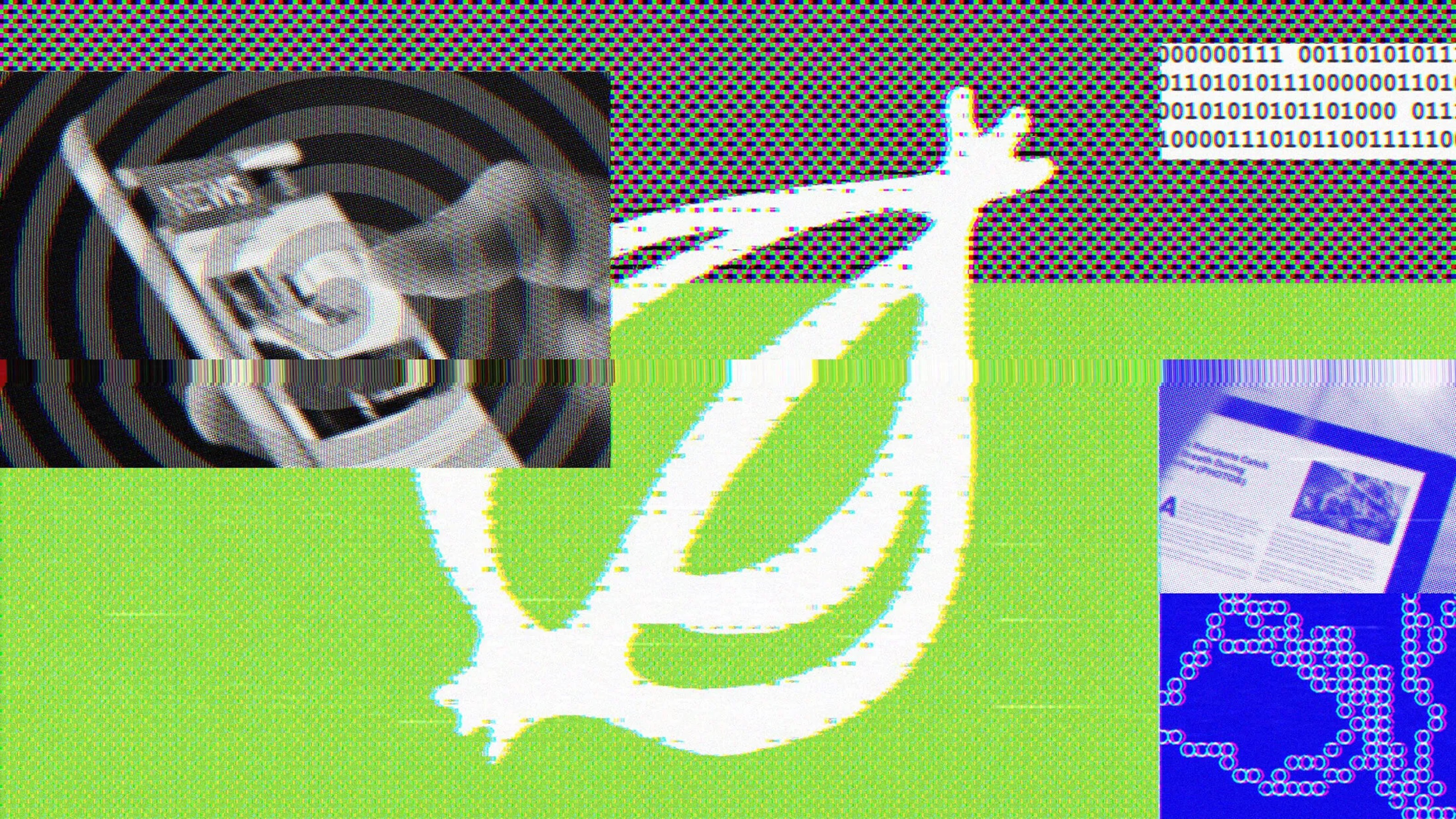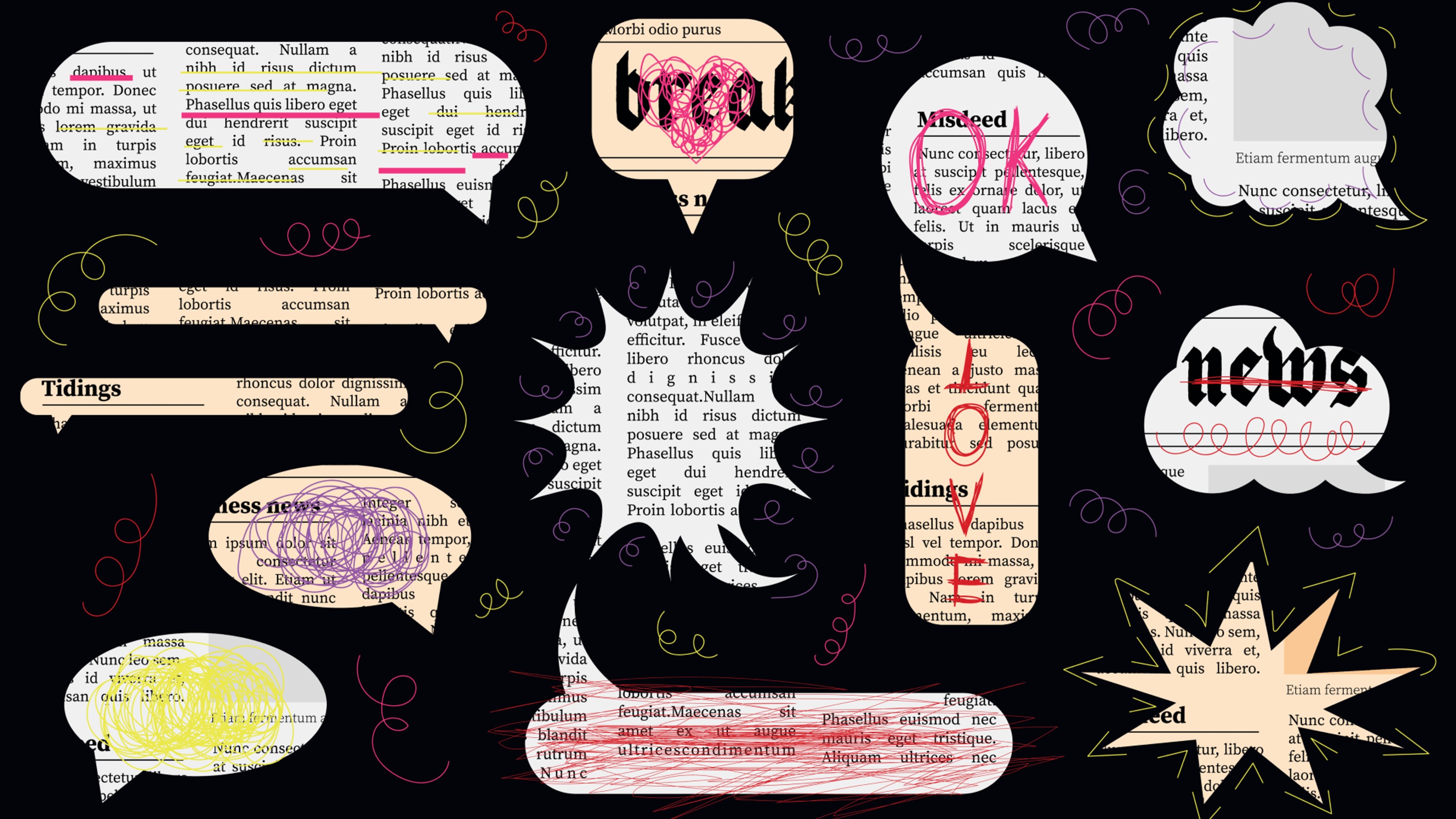Some Doubts About the Future of Independent Bookstores

Last week I posted somewhat optimistically about media reports suggesting a rebirth for independent bookstores. In reply, below is a guest contribution from my colleague Paul D’Angelo, a professor of communication at the College of New Jersey.
–Matt Nisbet
I wish I could be as optimistic as you are about a “rebirth” in independent bookstores, Matt, but I think your second paragraph says it all. Marketshare of indies has been sliding over the past generation, and I see no reason why it won’t continue to do so. Sure, certain indies seem to be indomitably rooted in their respective urban nooks–the DC stores you mentioned, for example. On a recent trip to Denver, I desperately wanted to venture into The Tattered Cover Book Store, an esteemed indie in the city’s downtown. But having family in tow and sights to see prevented that. In general, I think the fate of indie book stores mirrors that of their brick-and-mortar brethren: the main culprit behind the decline of market share of all stores that sell printed books–chain and indie alike–is technology.
Consider, first, that Amazon.com is now the biggest retailer of printed books in the world, having recently nudged aside the Barnes&Noble/B. Dalton juggernaut. Revenue metrics vary among sources; some take into account the gamut of “media” these organizations sell (e.g., DVDs and CDs in addition to printed books) while others do not. But however you slice it, Amazon comes out on top in US and overseas sales of books. Information from the Foner Books website, which caters to self-published books and e-books, supports this claim. The two charts at the top of the page graphically depict Amazon’s ascendancy. In addition, the table just below them shows an interesting fact: the one area where B&N has showed positive growth is selling printed books online. Finally, even as Amazon’s sales peaked in 2007, the company still shows stunning positive revenue growth.
Of course, digital exhibition (re: books available for sale online), coupled with the fact that just about everyone owns a computer, are the twin technological forces that have driven Amazon’s rise to book-selling prominence. How easy and wonderful it is to browse the online bookstore, where even a slow internet connection is no hindrance to shopping. With a few mouse strokes one can pinpoint specific books of interest, learn the entire output of specific authors, wade through vast numbers of books on a certain topic, and so on. And since multitudes of boutique online-only book sellers have glommed onto Amazon’s site, it is quite easy to shop for cheaper, used editions of books.
Somehow, all of the amenities of actually going to a bookstore (where, in many cases, you have to browse THEIR online catalogue in order to purchase a book that’s not in stock) pale to insignificance when placed beside the shopping experience of Amazon. Coffee, live music, and crowds seem to offer little over the expediency of shopping and buying from the bookselling mega-portal.
What does the Amazon story tell us? I think it points to a central flaw in the business model of brick-and-mortar bookstores. This model seems to be built on the notion that online sales of books can defray losses that occur due to fewer and fewer physical sales of books in the store. This model is similar to how printed newspapers operate at present: they try to offset loss of advertising revenue in the printed paper, particularly of classified ads, by drawing readers to the online newspaper site, where they will be exposed to display ads, and pre-roll and other rich-media advertising.
But as everyone knows, this is a losing proposition. Just as the value of a print newspaper customer is worth several times more in ad revenue than a registered online user, for books, the albatross of a physical plant and overhead, plus the high costs of distribution and dwindling in-store customers, will always outpace gains from online sales of printed books.
Making matters worse for brick-and-mortar bookstores, e-books and e-readers seem to be catching on. This development augurs a future moment when many, and perhaps most people will favor reading books on tablets. What’s the evidence? According to one study, e-book sales grew exponentially in the first quarter of 2010, jumping from just 1.5% of total US book sales in 2009 to 5% of the market in the first quarter of 2010. Indeed, an Executive Summary of a 2009 Association of American Publishers report clearly shows both flat sales in all areas of printed books and the astronomical rise of sales of e-books.
Of course, sales of e-books still account for less than a billion dollars in bookselling revenue. But here again, the writing is on the wall: as common technological operating platforms are applied to the plethora of e-readers, and as e-readers get more affordable and user-friendly they already are quite user-friendly, according to most reviews, people will gravitate toward downloading the books they want to read rather than buying printed editions.
Printed books will probably not disappear as quickly as printed newspapers. But even as my reply to this blog post shows, we as a society are decamping to personalized yet physically isolated social spaces. Operating in these spaces (re: to do work, to talk to other people, to buy books, etc.) is so prevalent as to be felt as “natural” and sanctioned. Comfortable, atomized behavior by more and more people that is engendered by technological progress is at the core of many contentious debates about a host of social and political issues. At the very least–and in the context of the discussion here–it does not bode well for booksellers.
–Guest Post by Paul D’Angelo
See Also:
A Rebirth For Independent Bookstores?






